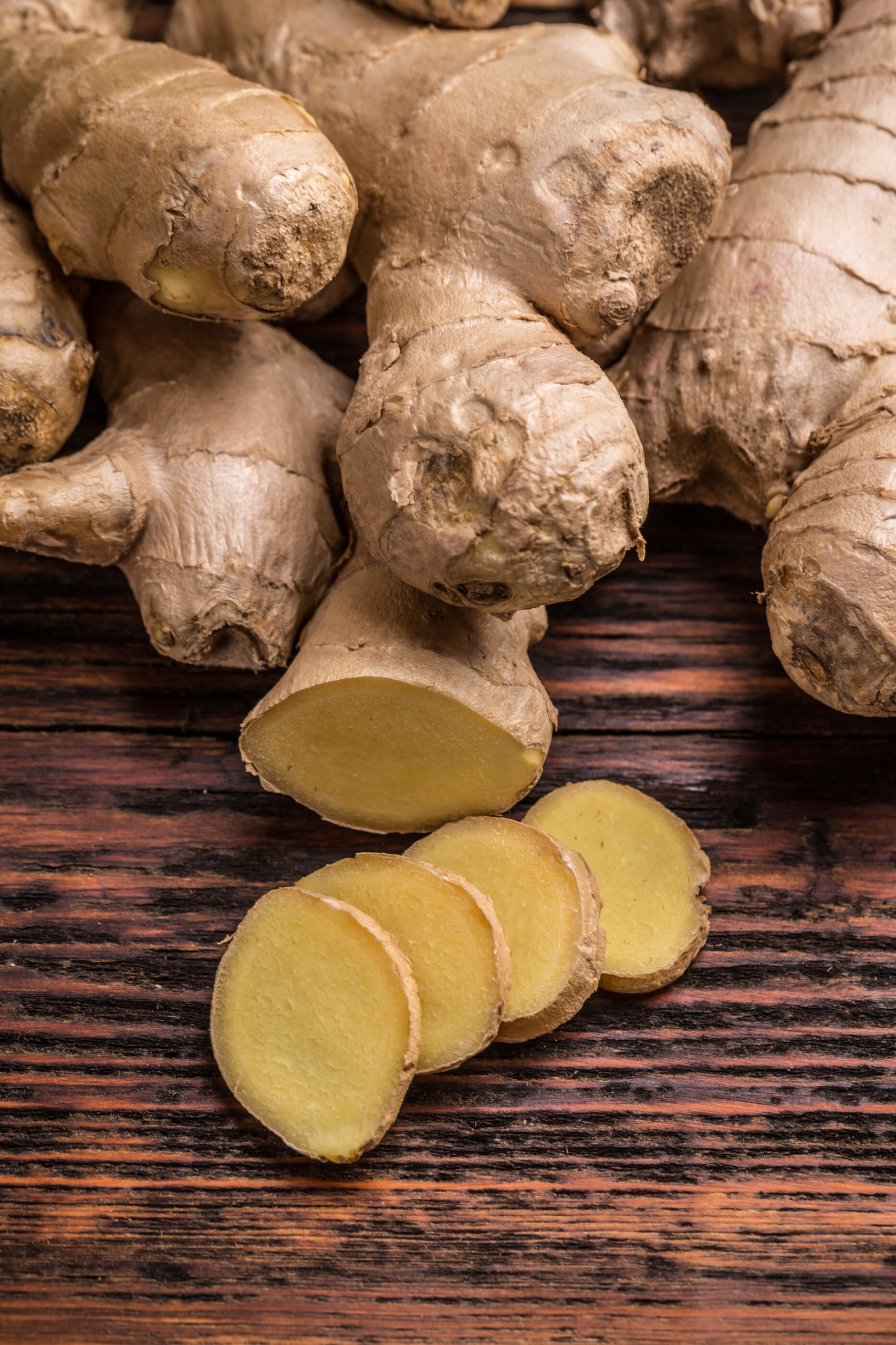07775 853 348


23 January 2018
Most of us who climb in winter have experienced the “hot aches”. It brings hardy grown men (and women), to a wincing crumbling mess. For those few minutes, whilst the blood flows back to their extremities.
The actual definition of hot aches is: it is a very painful physical reaction to the cold, most often felt in the hands or feet. When exposed to the cold, blood stops flowing normally to the extremities. Later once you warm up, the blood begins to flow again; this causes the pain known as the hot aches.
I suffer from raynaud’s, which is a condition where as a result of poor circulation a small temperature change can cause the extremities to feel numb or cold very quickly. As I love winter climbing, this had always been an issue. Although it didn’t stop me from going, winter climbing generally felt like type 2 fun as a result. Until the day I met an instructor called “Spike”, up in Scotland.
When out in winter, he always carries a flask with him with hot Ribena, and the magic ingredient is… fresh pieces of ginger in the Ribena. My initial thought was “Bullsh*t”. But it intrigued me. So I tried it, and low and behold, I have never had hot aches since. Either it works, or it is psychosomatic. But eh, it works for me.
Ginger root – is a vasodilator, ginger opens up blood vessels and allows more blood to pass through. A vasodilator refers to an ingredient that helps the widening of the blood vessels, in particular the large veins, large arteries, and smaller arterioles.
So it is true. It does work. So here is what you do:
The night before you go out in the hills, cut up an inch (2.5cm for you metrics out there), into smaller bits (make sure you peel it), place in your thermos, add some Ribena (I’m sure you can use other concentrated juices), leave to stew overnight (very important you do this), then when you get up in the morning add the hot water, and hey presto, you have yourself a really nice drink, with the added benefit of no more hot aches.
I have not tried any of the other suggested herbs. If the suggestion of hot Ribena and ginger root does not help you with the hot aches, I wouldn’t suggest using all of the above ingredients in one concoction, but if you are desperate, I guess one may be willing to try anything.
If you are keen to book onto one of our winter courses, please click here, and look at what we have available. Otherwise get in touch.